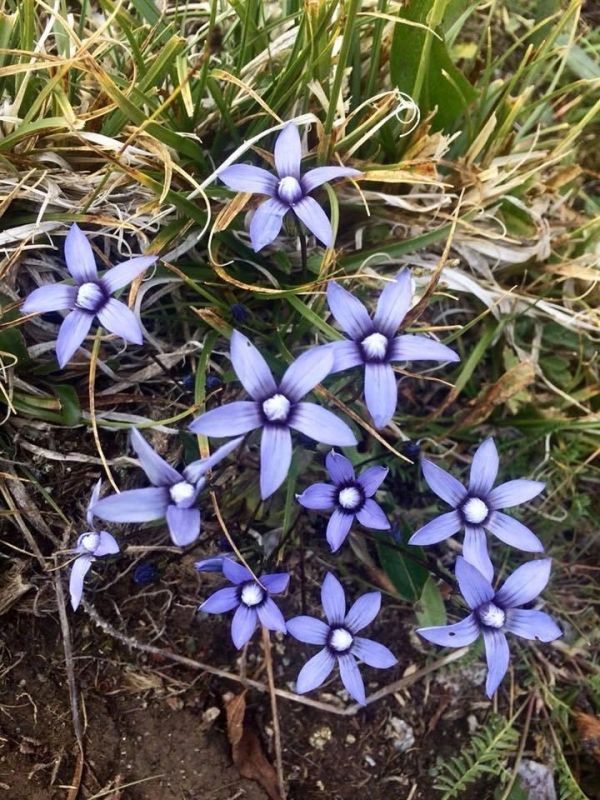A new paper reviews current knowledge on climate change and biodiversity. In the past, plants and animals reacted to environmental changes by adapting, migrating or going extinct. These findings point to radical changes in biodiversity due to climate change in the future. The paper is published in the scientific journal Trends in Ecology and Evolution by an international group of scientists led by the Center for Macroecology, Evolution and Climate, University of Copenhagen.
Nature is reacting to climate change. We see altered behaviour and movement among plants and animals; flowers change flowering period and owls get darker body colour, due to warmer winters. So, how does the future for biodiversity look like? Will plants and animals be able to adjust quickly enough to survive the changing temperatures, precipitation and seasons? Lead-author of a new study Professor David Bravo-Nogues from Center for Macroecology, Evolution and Climate, University of Copenhagen, explains,
“We compiled an enormous amount of studies of events, which we know influenced biodiversity during the past million years. It turns out species have been able to survive new conditions in their habitat by changing either their behaviour or body shape. However, the current magnitude and unseen speed of change in nature may push species beyond their ability to adapt”.
Read more at Faculty of Science - University of Copenhagen
Image: Will species be able to adjust quickly enough to survive changing temperatures, precipitation and seasons? Many alpine plants, like the Comastoma falcatum growing in high altitudes, are under risk because of climate change. (Credit: Egle Kudirkiene)


